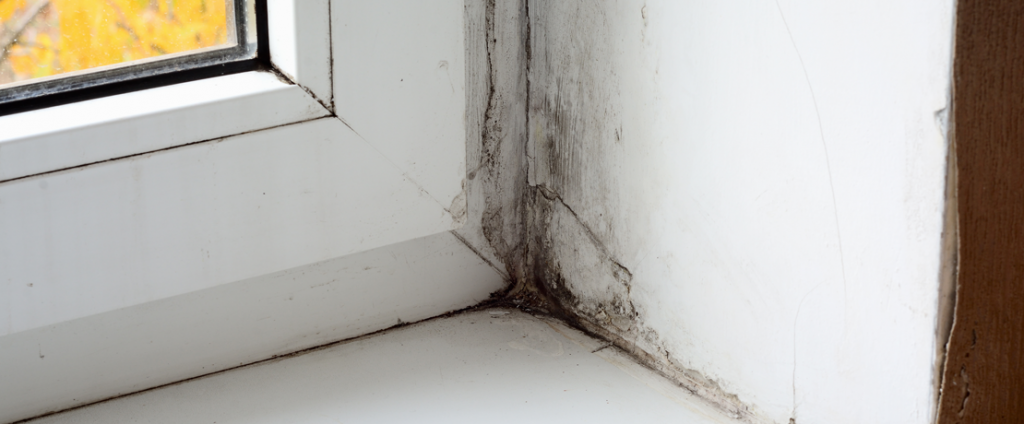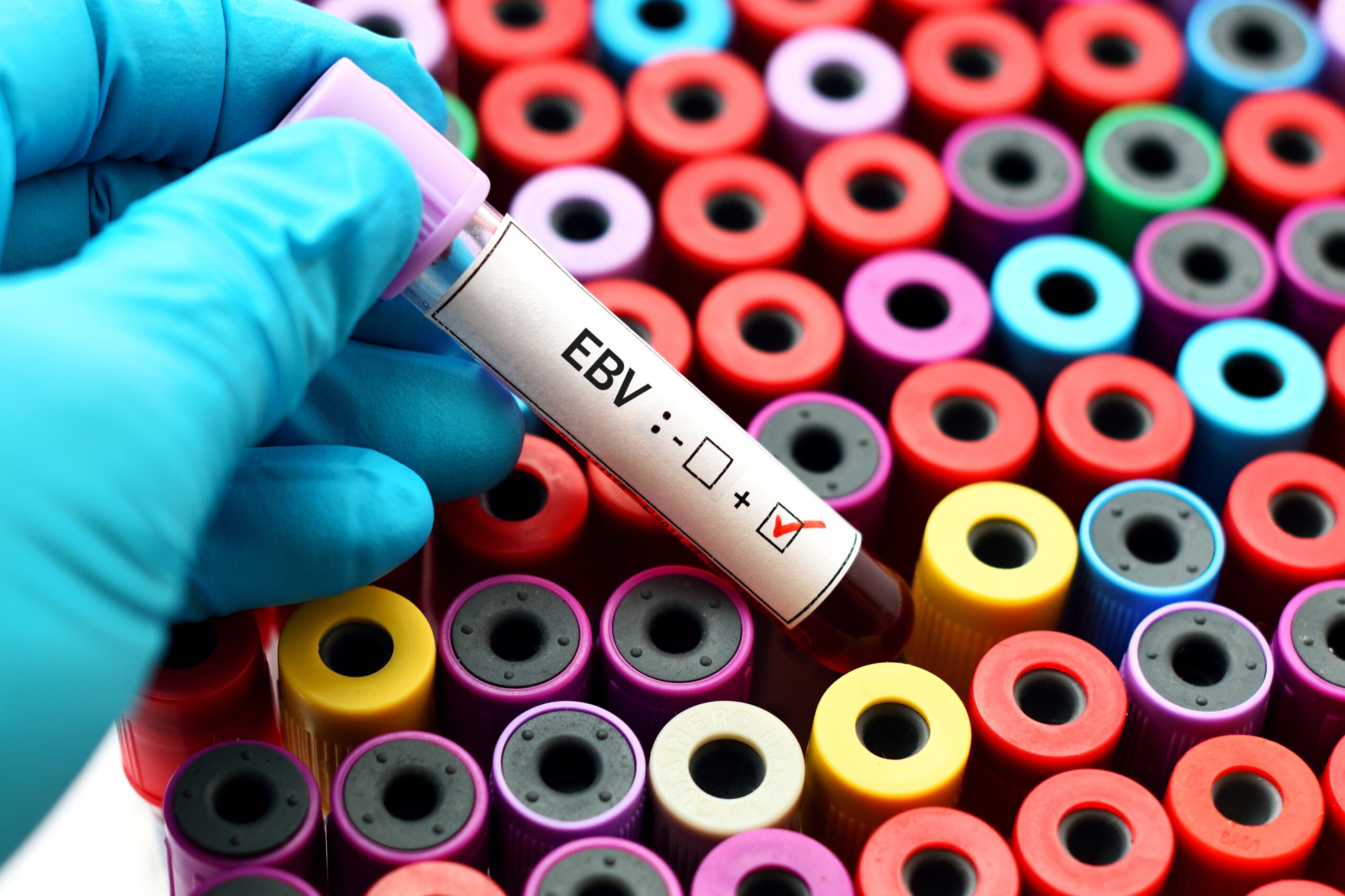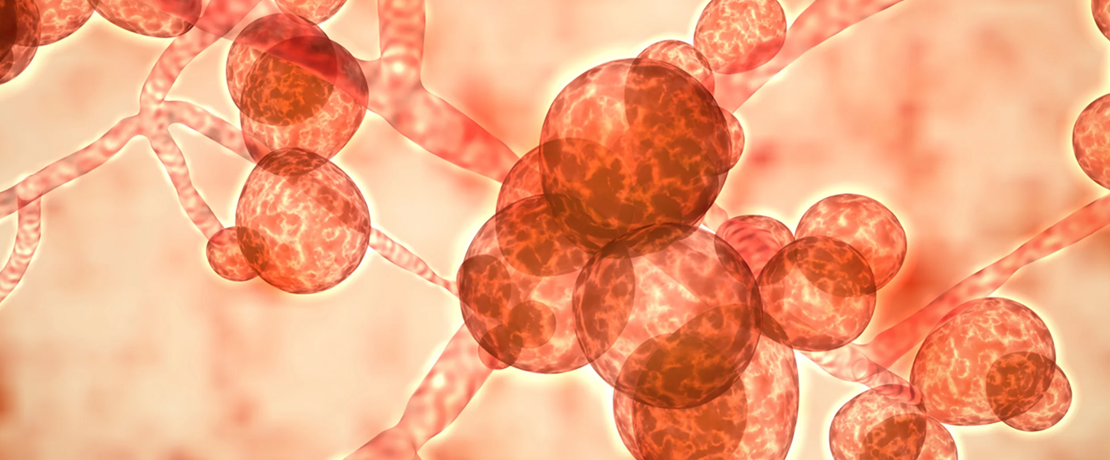By Dr. Wally Taylor
Mold Toxin (Mycotoxin) Exposure Often Goes Undiagnosed
Do you have unexplained symptoms but don’t know why? Have you been exposed to mold, have symptoms, but don’t know what to do about it? I can offer help.
Symptoms of Mold Toxin Exposure
Mold toxin/mycotoxin toxicity can be caused by the direct toxic effects on our cells and subcellular organelles (especially mitochondria), and some can be caused by immune self-injury. Let me explain. When our immune system encounters non-self, such as a mycotoxin molecule, it’s programmed to respond with the immune response, the purpose of which is to neutralize or remove the non-self (think germ invader or germ toxin).
Unfortunately, in many cases, our own cells and tissues can be injured by the immune response in a process of immune self-injury or “autoimmunity“. Many of the symptoms encountered with mycotoxin exposure are immune self-injury or immune inflammation symptoms and may include:
- Severe Fatigue – Significant enough that you’re unable to proceed with daily activities or have an intolerance to exercise or exertion. This is a hallmark of mold illness.
- Cognitive Issues/Brain Fog – A loss of focus or train of thought, difficulty with word-finding and problem-solving, memory loss, and confusion. Patients can also experience anxiety, emotionality, excessive fear or worry, depression despair, and insomnia.
- Pain – Particularly abdominal pain, but also includes muscle pain similar to fibromyalgia, severe aches, pains and stiffness. Immune self-injury of the muscles, ligaments, bones, joints, and tendons often causes severe aches, pains and stiffness.
- Numbness/Tingling – Symptoms of peripheral nervous system involvement include numbness, tingling, burning, and pain in extremities or other areas of the body. Often localized to one area or side of the body, pain can migrate, comes, and goes.
- Metallic taste in mouth
- Digestive Issues – When mold toxins are inhaled into the nose, they stick to the nasal mucous and later are swallowed – and some mold toxins are on the food we eat. Symptoms include acid reflux/heartburn, abdominal pain, bloating, constipation and diarrhea.
- Pulmonary – Shortness of breath and cough
- Hormone Imbalances – Mold can wreak havoc on our hormone-producing glands leading to hormone imbalances and deficiencies.
Dr. Ritchie Shoemaker Introduces Mold Illness to the Public
In 1996, Dr. Shoemaker was practicing Family Practice in Maryland when some of his patients started experiencing the symptoms described above. He had heard about a toxin-producing algae-like germ called Pfiesteria that occurred in algae-blooms in the Chesapeake Bay. Dr. Shoemaker treated one of his patients who had severe diarrhea with cholestyramine – a medicine used to lower cholesterol by binding it in the intestine. Within a few days her diarrhea was gone along with her memory loss, headache, and cough. He later learned that similar toxins could be produced by many indoor molds and lead to a similar clinical picture.
Over the years, Dr. Shoemaker worked out many of the mechanisms that resulted in patient’s symptoms and he named the disease Chronic Inflammatory Response Syndrome or CIRS because most of the symptoms were the result of inflammation due to the immune system’s response to the mycotoxins. Later Dr. Shoemaker worked out a protocol and formed a training program to certify practitioners in his Shoemaker Protocol. You can learn more at survivingmold.com.
Mold Illness Mimics Lyme Disease and Other Diseases Related to Stealth Infections - And Both Can Coexist in the Same Patient
In my experience working with patients who have Mold Illness, the symptoms seen from a diseases associated with infection from a variety of Vector-Borne diseases are much the same.
Lyme Disease overlaps and can mimic the symptoms of mold illness. The germ Borrelia burgdorferi is just one stealth infection that may look like mold illness. Even though the principles of treatment of each disease is different, some of the approaches to treatment overlap.

Symptoms of Illness Differ Among People with Mold Illness and Lyme as a Result of Differences in Sensitivity and Patterns of Immune Response
In my practice, I’m amazed by the differences I see among individuals that are shown to have mold toxins and stealth germs in their bodies. Some people are without any symptoms even though they harbor mold toxins/mycotoxins and stealth germs like the Lyme bacteria. I’ve found it’s important to individualize the treatment of these diseases.
The individual’s susceptibility to manifest symptoms from the various toxins is what I call BioTerrain. These are the various factors of genetics and epigenetics, which is what causes one person to be a “Canary in the Coal Mine” while another person, with essentially the same set of mold toxins and stealth infection toxins, is like a “Cast Iron Skillet” and may be perfectly well.
To successfully resolve symptoms, I have found the number one rule is to identify and eliminate ongoing exposure to the toxins causing the problem. This may require:
- Inspecting for mold-toxin causing molds in the indoor environment
- Testing for the presence of mold toxins and stealth infections in the body. Often tests to understand the BioTerrain are helpful to modify the individual’s susceptibility to symptoms and inflammation.
- Finally, the goal of treatment is to assist in the elimination or reduction of toxins, mycotoxins and harmful stealth germs. There are quite a few tools used to accomplish this and I have found these tools must be individualized to the patient. One size does not fit all.
Suspect you’re suffering from the effects of mycotoxins and other biotoxins? I can help. Fill out the form below to get started.
About Wally Taylor, MD
Dr. Taylor practices integrative medicine at Forum Health Austin in Austin, Texas. After obtaining a general medical doctorate degree from the University of Texas Southwestern Medical School in Dallas he completed a general medical internship and residency training in head and neck surgery ENT and allergy. After 20 years of service in the US Army Medical Corps and practice in Colorado and Texas, he founded Texas Integrative now Forum Health Austin where he now offers a functional holistic approach to disease which treats the entire individual instead of each separate symptom. He has found more satisfying results using this Systems BioIndividualized approach. His motto is “Health and Wellness from Head to Toe”.









